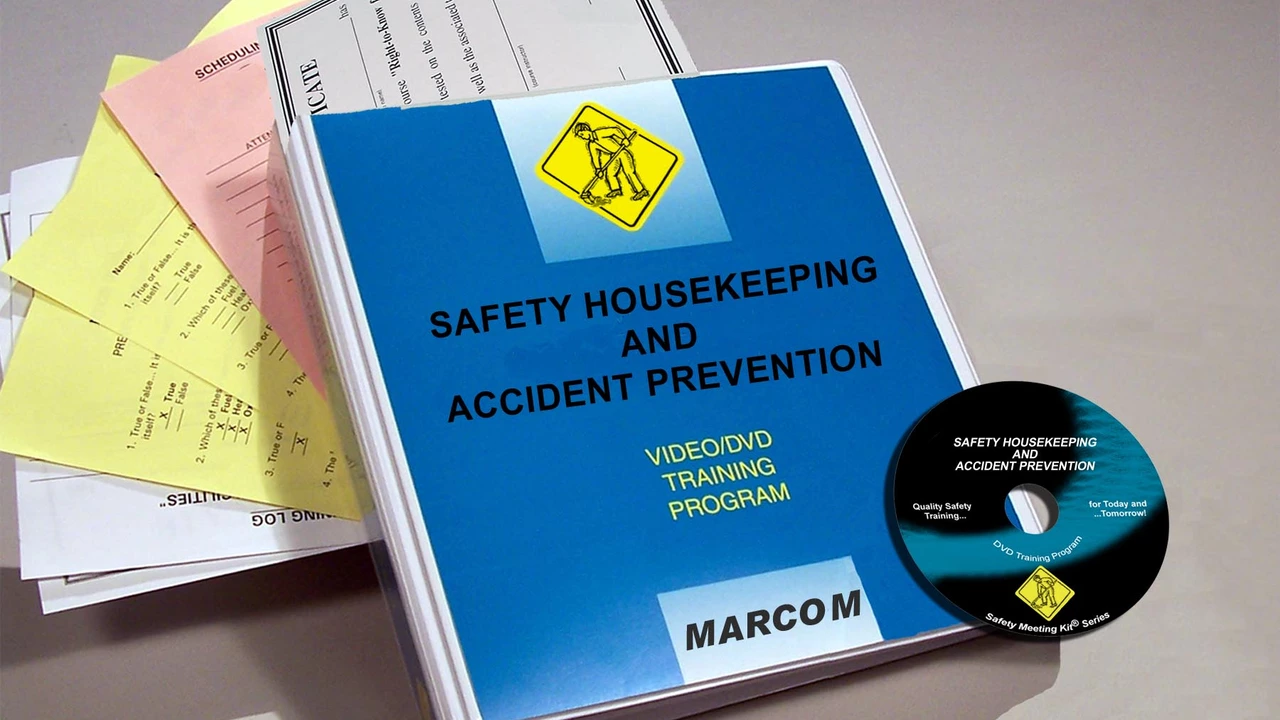Workplace accidents aren’t just statistics — they interrupt lives and slow down care. A few clear rules and small habits cut most injuries and mistakes. This guide gives simple, usable steps you can put into practice today, whether you work in a clinic, pharmacy, lab, or office.
Start with training. Short, regular sessions beat one long annual lecture. Teach staff how to lift safely, how to use PPE, and what to do in common incidents: chemical splash, needle stick, or a severe allergic reaction. Run quick drills for code situations so responses become automatic.
Use visible, easy-to-follow procedures. Post step-by-step instructions where tasks happen: medication prep, sharps disposal, cleaning stations. When rules are right in front of people, they get followed. Make checklists for complex tasks to avoid rush-hour errors.
Here’s a short list to scan every day before a shift:
Spend two minutes on this each morning. It prevents many problems before they start.
Follow three basic rules when handling meds: verify, protect, document. Verify the drug and dose before you touch it. Protect yourself with gloves and eye protection for liquids or powders. Document every handover and any incident immediately — a short note now saves hours later.
Needle sticks and cuts are common. Never recap needles. Use one-handed techniques or safety-engineered devices. Dispose of sharps right away in labeled, puncture-resistant containers. If an exposure happens, follow your workplace’s exposure protocol without delay: wash, report, and seek medical advice.
Chemicals and cleaning agents need their own care. Keep material safety data sheets (MSDS) nearby, label secondary containers, and ventilate spaces when using strong cleaners. For unknown spills, evacuate and call trained personnel.
Ergonomics matters every day. Adjustable chairs, monitor height at eye level, and short breaks reduce back, neck, and wrist problems. Encourage 5-minute stretch breaks twice per shift. That keeps people focused and lowers long-term injury rates.
Finally, encourage a safety-first culture. Reward staff who report hazards, and treat near-misses as learning chances, not blame moments. When people feel safe to speak up, risks get fixed faster. Small changes add up — safer staff, fewer interruptions, and better care for everyone.

Hey there, folks! Let's chat about something that's as exciting as a fresh donut on a Monday morning - injury prevention programs at work. No joke, they're the real deal and a game changer! They're like the superhero of the workplace, swooping in to save the day by reducing accidents and injuries. And, let me tell you, fewer boo-boos mean more happy workers and less downtime. So, let's champion those programs, they're the secret sauce to a safer, cheerful, and more productive work environment. Who knew safety could be so groovy, right?
More